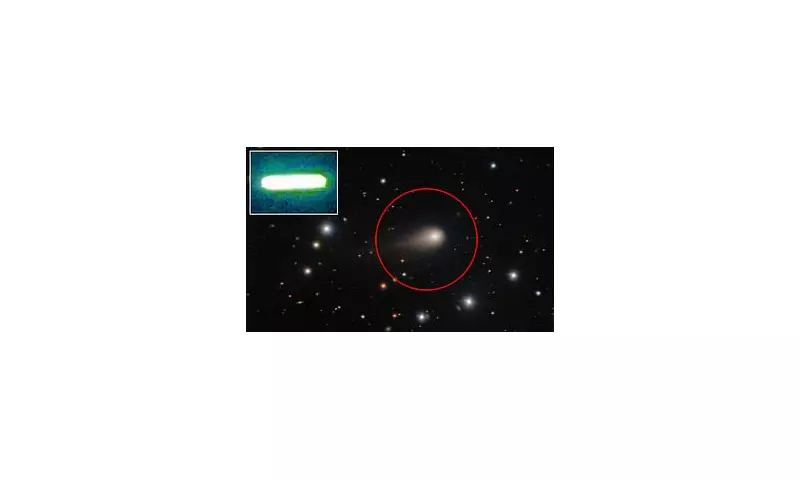
In a revelation that reads like science fiction, leading astronomers are proposing a extraordinary theory about the mysterious Comet Atlas that passed through our solar system - it might not be a comet at all, but potentially evidence of alien technology.
The Interstellar Visitor That Defied Explanation
When Comet Atlas was first detected streaking through our solar system in 2019, astronomers immediately recognised it as something extraordinary. This wasn't just another space rock - it was only the second interstellar object ever observed passing through our cosmic neighbourhood.
Professor Avi Loeb, former chair of astronomy at Harvard University, and his colleague Carson Ezell have put forward a compelling case that challenges conventional thinking. Their research suggests Comet Atlas exhibited characteristics that simply don't align with natural celestial bodies.
Bizarre Behaviour That Puzzles Scientists
What made Comet Atlas so unusual? Unlike typical comets that follow predictable patterns, this interstellar visitor displayed several anomalies that have left scientists scratching their heads:
- Unusual acceleration: The object didn't follow expected gravitational trajectories
- Strange disintegration pattern: It broke apart in ways that defy conventional comet behaviour
- Non-gravitational acceleration: Movement that can't be explained by gravity alone
'The comet's destruction was inconsistent with what we'd expect from icy celestial bodies,' explained Professor Loeb. 'This raises the possibility that it might have been technological debris from an advanced civilisation.'
The Mothership Theory Takes Shape
The most startling proposition comes from considering what Comet Atlas might represent. Researchers speculate it could be a fragment from a larger alien spacecraft - potentially what they term an 'alien mothership' that sent smaller probes to explore our solar system, similar to how humanity plans exploration missions to other planets.
This theory gains credibility when considering humanity's own space exploration strategies. NASA and other space agencies regularly send spacecraft to study distant objects, often releasing smaller probes for detailed investigation. Could an advanced civilisation be doing the same in our solar system?
Scientific Community Divided
The scientific community remains divided on these extraordinary claims. While some researchers maintain that extraordinary claims require extraordinary evidence, others argue that we must keep open minds about potential signs of extraterrestrial intelligence.
The search continues for more interstellar visitors that might provide additional clues. With advancing telescope technology and increased monitoring of our skies, scientists hope to detect more of these mysterious objects and finally determine their true nature.
As Professor Loeb emphasises, 'The fundamental question remains: are we alone? The only way to find out is to look for evidence, rather than assuming everything we see must be natural.'





